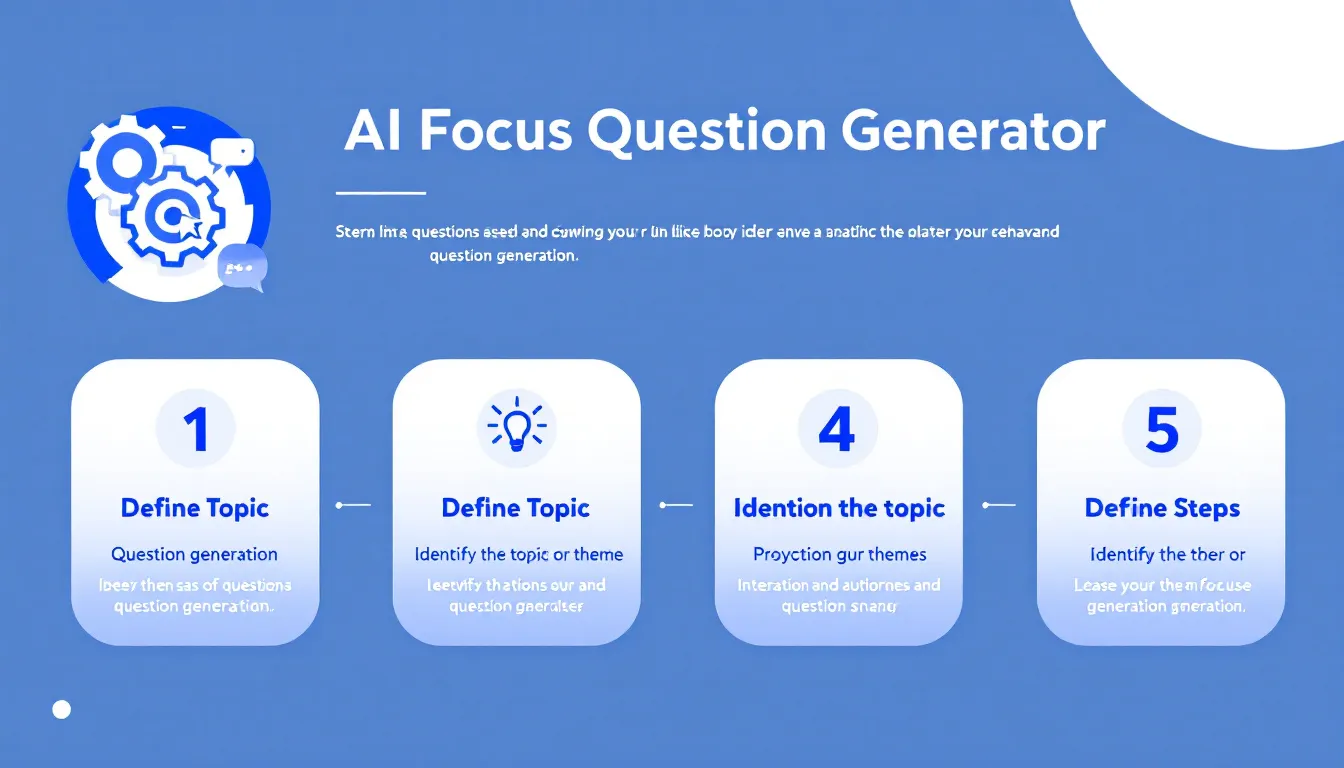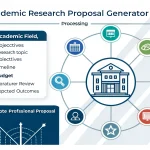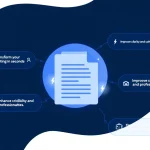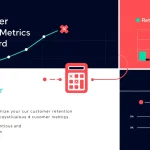AI Focus Group Question Generator
Is this tool helpful?
How to Use the AI Focus Group Question Generator Effectively
This AI-powered tool helps you create focused, relevant questions to guide your research discussions. Follow these steps to get the most from the generator:
Step 1: Define Your Focus Group Topic
Enter the central subject of your focus group. Be precise and targeted to generate useful questions.
- Sample input 1: “Subscription services for digital fitness apps”
- Sample input 2: “User perceptions of biodegradable packaging”
Step 2: Describe Your Target Audience
Detail the demographics and interests of your focus group participants to tailor the questions.
- Sample input 1: “College students aged 18-24 who use meal delivery services weekly”
- Sample input 2: “Parents of toddlers interested in eco-friendly toys”
Step 3: Set Clear Research Objectives
Outline what insights you want to gain from the discussion for focused question generation.
- Sample input 1: “Identify features influencing subscription cancellations”
- Sample input 2: “Understand consumer attitudes toward sustainable packaging options”
Step 4: Customize Question Parameters
- Number of Questions: Choose between 1 and 10 questions to fit your session length.
- Question Type: Select Open-ended, Closed-ended, or Rating Scale depending on the depth of response you require.
- Language Tone: Pick Formal for professional contexts or Casual for relaxed, conversational groups.
What Is the AI Focus Group Question Generator and Why Use It?
This generator uses artificial intelligence to craft focus group questions that align closely with your research goals. It shifts the heavy lifting of question formulation from you to the tool, saving time and boosting the quality of your discussion guides.
By applying natural language processing and market research insights, the tool delivers tailored, clear, and engaging questions that encourage meaningful conversations. You’ll get consistent, standardized questions that cover your objectives thoroughly and help uncover actionable insights.
Key Benefits of Using This AI Question Generator
- Significantly reduce development time: Generate quality questions quickly without repeated revisions.
- Ensure relevance and clarity: Each question is designed to match your topic, audience, and objectives.
- Maintain professional standards: Use consistent phrasing and logical progression for smooth discussions.
- Boost research effectiveness: Address all critical aspects of your focus group to gain comprehensive insights.
Practical Use Cases for the AI Focus Group Question Generator
Market Research and Product Feedback
- Gather detailed user opinions on new product concepts.
- Evaluate customer satisfaction and brand perception.
- Test messaging and advertising effectiveness.
Academic and Social Science Research
- Develop structured questions for thesis or dissertation studies.
- Explore behavioral patterns and social attitudes.
- Facilitate focus group designs for educational program evaluations.
Corporate and Service Improvement Projects
- Assess employee satisfaction and organizational culture.
- Collect patient or client feedback for service enhancements.
- Support change management initiatives through stakeholder input.
How the AI Generates Focus Group Questions
The tool uses a scoring system to evaluate potential questions based on multiple factors, ensuring each question is effective and relevant. This systematic approach balances topical relevance, clarity, and engagement to optimize your question set.
The formula used to calculate the overall question quality is:
$$ Q_{score} = (R_{topic} \times W_r) + (C_{clarity} \times W_c) + (E_{engagement} \times W_e) $$Where:
- Qscore = Overall question quality score
- Rtopic = Topic relevance factor measuring alignment to your main subject
- Cclarity = Clarity coefficient assessing readability and unambiguity
- Eengagement = Engagement potential predicting participant interest
- Wr,c,e = Weights adjusting the importance of each factor
Frequently Asked Questions About the AI Focus Group Question Generator
Can I edit the questions after generation?
Yes, you can customize any generated questions to better fit your research needs. Editing ensures the questions perfectly match your study’s tone and focus.
What research types benefit most from this tool?
The tool works best for qualitative studies such as market research, product development, usability testing, customer experience research, and academic investigations.
How do I decide between formal and casual language tones?
Choose formal tone for professional or academic sessions, where precise language matters. Use casual tone when aiming for open, relaxed conversations, or to build rapport with consumers.
Can I save or export my generated questions?
Yes, you can copy generated questions to your clipboard for storage, sharing, or later editing. Exporting options depend on your platform but copying is always available.
How many questions should I generate for a focus group session?
For a typical 60-90 minute session, create 5-7 main questions. Include 2-3 follow-up prompts per main question to explore topics in depth.
What is the best way to order the questions?
Start with broad, open-ended questions to set context. Then, progress to more focused, specific questions. End with reflective or rating scale questions to summarize opinions.
Important Disclaimer
The calculations, results, and content provided by our tools are not guaranteed to be accurate, complete, or reliable. Users are responsible for verifying and interpreting the results. Our content and tools may contain errors, biases, or inconsistencies. Do not enter personal data, sensitive information, or personally identifiable information in our web forms or tools. Such data entry violates our terms of service and may result in unauthorized disclosure to third parties. We reserve the right to save inputs and outputs from our tools for the purposes of error debugging, bias identification, and performance improvement. External companies providing AI models used in our tools may also save and process data in accordance with their own policies. By using our tools, you consent to this data collection and processing. We reserve the right to limit the usage of our tools based on current usability factors.







